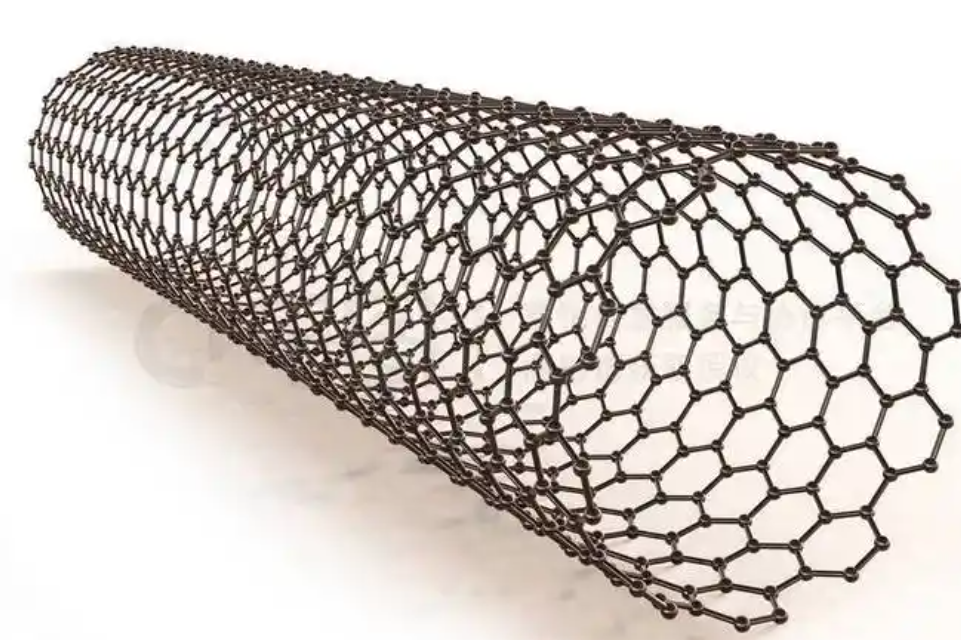Carbon Nanotubes in Flexible Electronics: Building the Next Generation of Wearable and Foldable Devices
As consumer demand grows for wearable health monitors, bendable displays, and stretchable circuits, flexible electronics have become one of the most exciting frontiers in advanced materials. Among many candidates, carbon nanotubes (CNTs) stand out due to their exceptional conductivity, mechanical flexibility, and nanoscale dimensions.
🔹 1. Key Properties of CNTs for Flexible Electronics
-
High electrical conductivity, similar to metals
-
Mechanical resilience to bending, twisting, and stretching
-
Solution processability for printing and coating
-
Compatibility with transparent substrates
🔹 2. Core Applications
a. Flexible Transparent Conductive Films
-
Alternative to ITO (indium tin oxide)
-
Used in foldable OLEDs, solar cells, and touchscreens
b. Thin-Film Transistors (TFTs)
-
CNT networks act as semiconducting channels
-
Integrated into e-paper, smart textiles, flexible displays
c. Wearable Biosensors
-
Stretchable CNT sensors monitor heart rate, hydration, strain
-
Applied to skin or embedded in clothing
d. Energy Storage Devices
-
CNT-based flexible supercapacitors and batteries
-
Conformal power supply for wearable systems
🔹 3. Commercial and Research Progress
-
Samsung & LG: CNT transistors for rollable displays
-
Xiaomi: CNT-based electrode materials in smart bands
-
Stanford University: Fully stretchable CNT circuits
-
Canatu (Finland): Mass production of CNT films for automotive touchscreens
🔹 4. Challenges and Outlook
-
Alignment control for high mobility CNT-TFTs
-
Scalability of uniform CNT networks
-
Integration with polymer substrates and encapsulation
-
Continued development will position CNTs as a key enabler of future flexible and wearable technologies.


